
When talking about art, there are more than a few vocabulary words that -- let's face it -- we use to sound smart. Call them highfalutin and grandiloquent (see what we did there?), terms like "postmodernism" and "assemblage" are tossed about like badges of honor or passwords to an exclusive club. And, in our efforts to belong to the realm of snobby critics and hyper-conceptual artists, we end up misusing words that have very real, definitive meanings.
So, in an effort to dispel any vocab rumors and equip our readers with a handy pocket guide to art jargon, we're playing "Define That Term!" here on HuffPost Arts and Culture. Behold, 10 terms and expressions that don't mean what you think they mean.
1. Postmodernism

Postmodernism is a word your artsiest of art friends throw around with gusto, toting Don DeLillo novels and Philip Glass records whilst quoting Foucault ad nauseam. But the seemingly vague term (anything after modernism, right?) actually refers to a very specific change in aesthetic mood, occurring in the worlds of art, architecture, literature and criticism in the late 20th century. As the name denotes, postmodernism was a reaction to -- nay, rejection of -- modernism. While the "modern" thinker sought scientific, philosophical, and spirituals truths, the postmodern mind is skeptical of any theories or ideologies claiming absolute certainty. Instead, they favor relative truths, personal experience and individual interpretations of the world.
So how does this translate to art? In short, the movement is characterized by the "self-conscious use of earlier styles and conventions" and a purposeful mixing of media and genre in ways that subvert any preconceived notion of art, in general. “Postmodernism is associated with the deconstruction of the idea, ‘I am the artistic genius, and you need me,’" Melissa Ho, assistant curator at the Hirshhorn Museum, explained to Smithsonian Magazine.
Examples of postmodern artists: Sol LeWitt (known for providing instructions to his artworks so that anyone could, feasibly, make an original LeWitt) and Lawrence Weiner.
2. Art Deco

Sometimes it's tempting to call anything vintage and ornamental "art deco." But, that would be inaccurate.
According to Merriam-Webster, art deco is "a popular design style of the 1920s and 1930s characterized especially by bold outlines, geometric and zigzag forms, and the use of new materials." We have Le Corbusier to thank for the word'spopularity, which is used in visual arts, design and architecture to describe a style of glamour and exuberance typified by the Chrysler Building or La Maison Cubiste, a famous 1912 architectural installation meant to display Cubist artworks.
3. Monochromatic

This may come as a surprise, but monochromatic does NOT mean black-and-white. It means "having or consisting of one color or hue." Hence, mono (one) and chroma (the Greek word for color). A monochromatic color scheme involves different shades, tones and tints (that is, a hue modified by the addition of black and white -- more on that later), but the base color could be black, blue, red, green, etc.
4. Expressionism
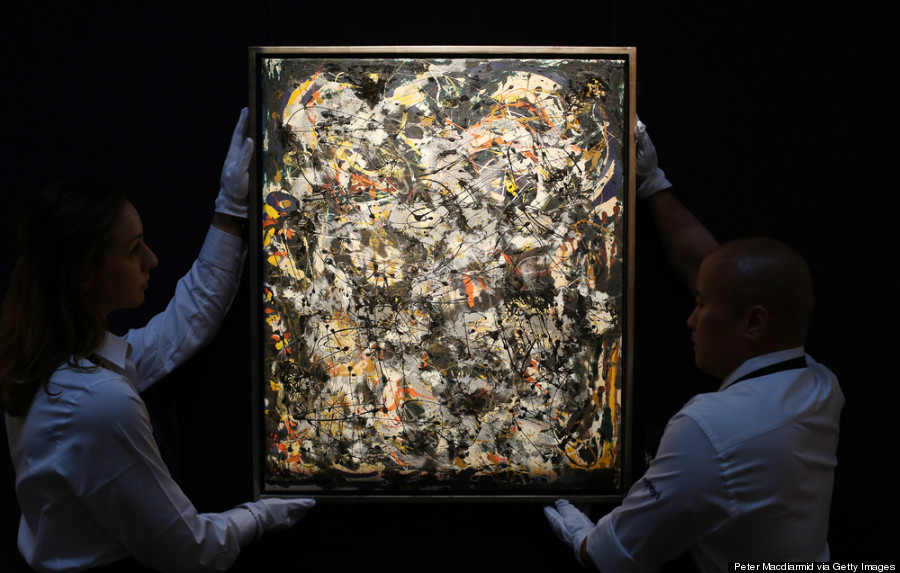
Abstract expressionism. Neo-expressionism. German expressionism. It's difficult to parse out these various subsets without actually understanding what expressionism is in the first place. So here's a primer: Expressionist artists aim to capture not objective reality, but the subjective emotions and feelings a person might encounter as a response to certain objects and events.
For sculptors and painters, this often means distorting figures and landscapes to evoke a certain mood. Take, for example, Wassily Kandinsky or Paul Klee. For dancers, this meant attempting to translate a person's "inner movement" (i.e. thoughts and ideas) into "outer movement" (i.e. jumps and turns). Think Mary Wigman.
5. Readymade
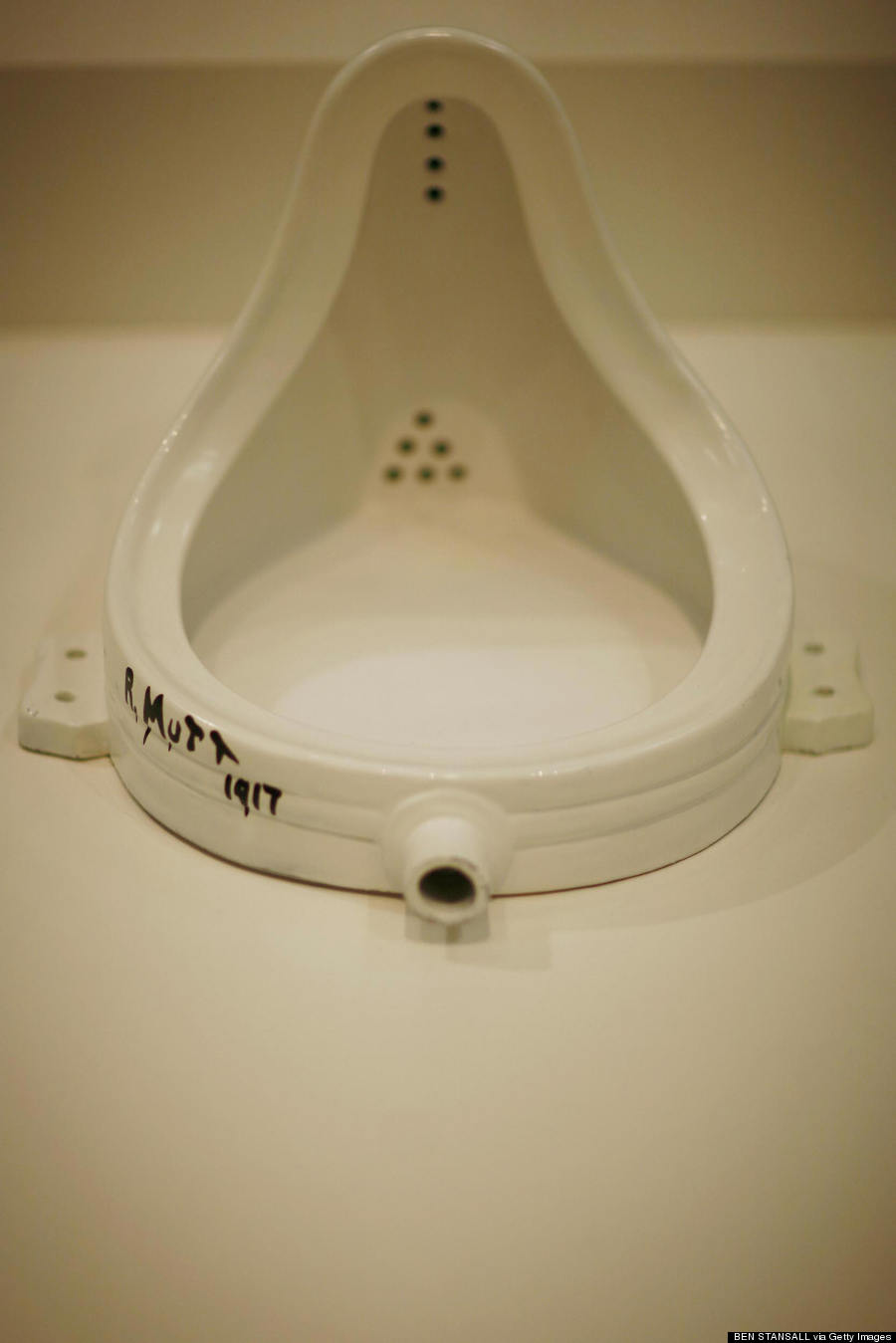
Readymade sounds like a term one would use to describe boxed macaroni and cheese or children's craft kits. But, thanks to Marcel Duchamp, it actually refers to a method of production that involves presenting found objects as art.
Let's reference the Museum of Modern Art's definition: a readymade is a "commonplace prefabricated object isolated from its functional context and elevated to the status of art by the mere act of an artist’s selection." Duchamp's infamous "Fountain" (shown above) is the perfect example. Or Damien Hirst's vitrine objets d'art.
6. Futurism
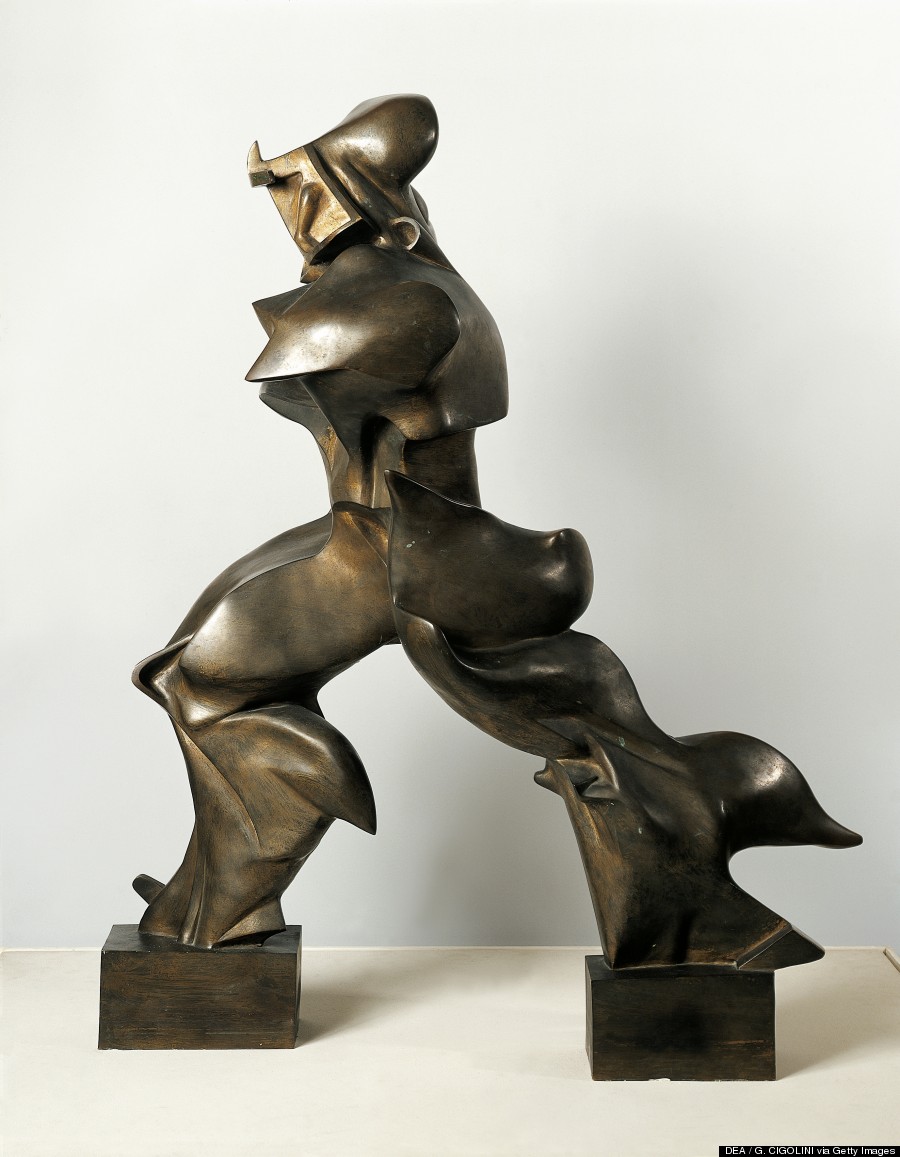
Forget futuristic, Futurism means something entirely different. Originating in Italy in the 20th century, the art movement emphasized and glorified themes associated with that time period's concept of the future, including concepts like speed, technology, youth, industry, danger. Artists like Umberto Boccioni painted the movement and dynamism of cars and the sprawling beauty of urban landscapes.
There's an entire manifesto devoted to the political and artistic ideas considered at the time to be "Futurist." The manifesto's fourth tenet explains the movement nicely: "We declare that the splendor of the world has been enriched by a new beauty: the beauty of speed. A racing automobile with its bonnet adorned with great tubes like serpents with explosive breath... a roaring motor car which seems to run on machine-gun fire, is more beautiful than the Victory of Samothrace."
Bonus: Afro-futurism.
7. Contemporary

To curators and auctioneers, the distinction between modern and contemporary art is as easy to divine as the difference between a cucumber and a piece of steak. For laymen, it's not so clear. But the trick is, modern and contemporary can really refer more to chronology than to any overarching style in art. Modern artworks typically date to a period between the 1860s and the 1970s, and encompass wildly different genres like Fauvism, Cubism, Expressionism, much of Minimalism and Pop Art. Contemporary art is "made and produced by artists living today."
Julieta Aranda, Brian Kuan Wood and Anton Vidokle elaborate a bit for e-flux: "To be contemporary is to be savvy, reactive, dynamic, aware, timely, in constant motion, aware of fashion. The term has clearly replaced the use of 'modern' to describe the art of the day."
We can probably expect another term to dethrone "contemporary" in the near future, but that's another discussion entirely.
8. Shade
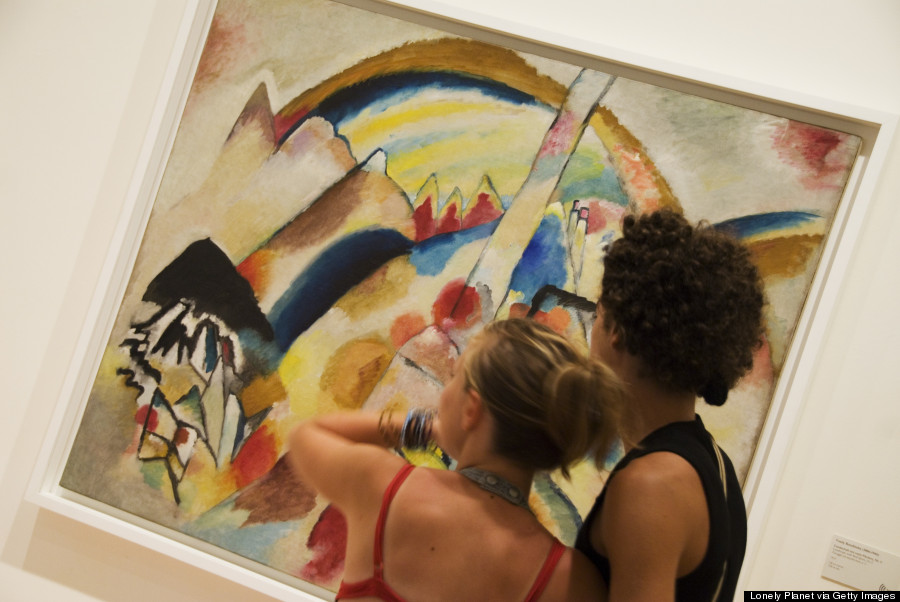
You've probably been using the words "hue," "tint," "shade," and "tone" incorrectly... at least, in the art sense. First, hue is a word used to denote the 12 purest and brightest colors of the color wheel: the three primary colors, three secondary colors, and six tertiary colors.
As for the rest, a tint is any of those 12 colors with white added. A shade is any color with black added. And a tone is any color with both black and white (gray) added. Easy!
9. Avant-garde
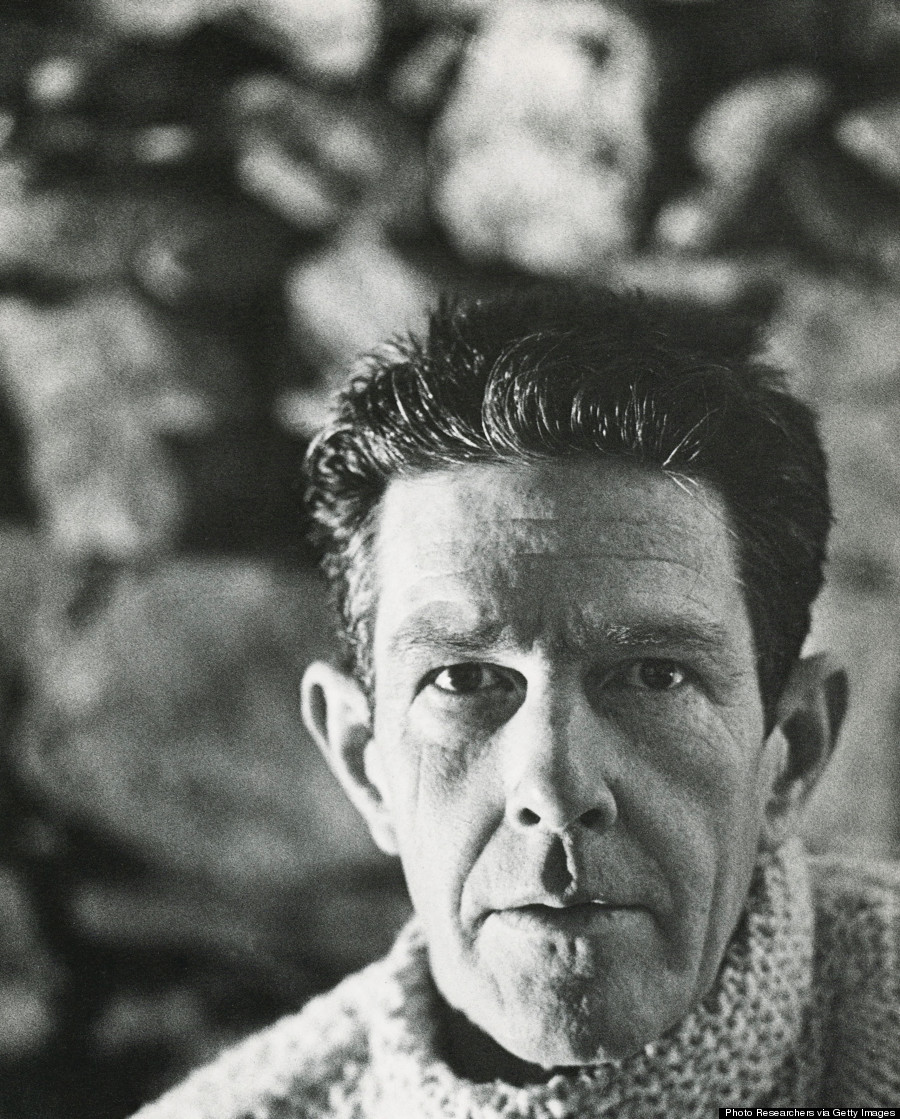
Merriam-Webster defines avant-garde rather broadly as "an intelligentsia that develops new or experimental concepts especially in the arts." And Oxford seems to be on the same page, describing it as "new and experimental ideas and methods in art, music, or literature." So, in this case, you may have thought it incorrect to call any novel and radical art project that challenges mainstream ideas "avant-garde." But it's actually accurate.
10. Mid-century modern

The easy way to define mid-century modern: mid-20th century developments in modern design. Again, sometimes it's easier than you think. For a more nuanced explanation, Cara Greenberg literally wrote the book on it.
